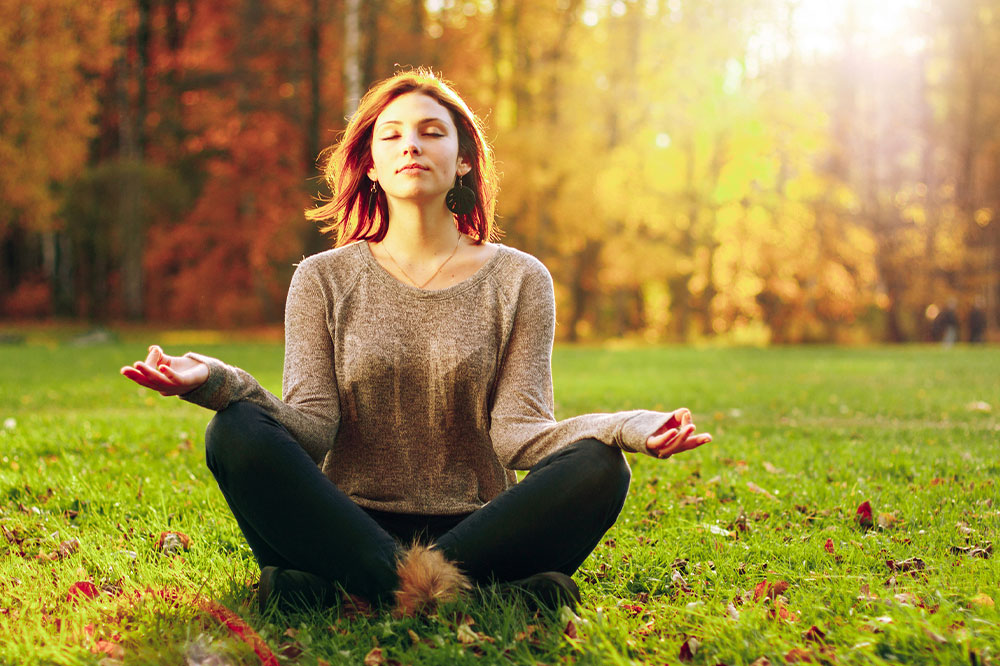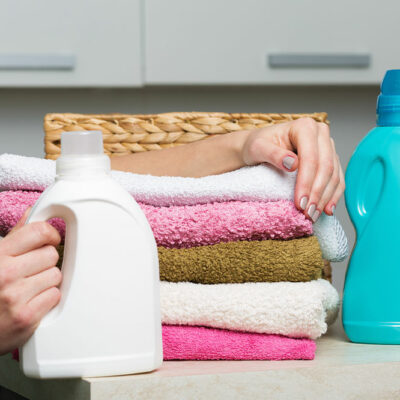
Top 10 practical tips for anxiety management
When we sense an impending danger, our body creates a survival mechanism by sending adrenaline to our blood, enabling us to stay and fight or leave the scene. Sometimes, this happens when one perceives some danger to themselves, even though there is none. If such alerts happen frequently, our body becomes hyperalert and sends signals in the form of physical changes. These changes are called anxiety disorders and are a type of mental illness.
What is anxiety?
An anxious person typically tends to exaggerate or, in some cases, imagine a threat. They could have thoughts like:
- I am in a dangerous situation right now
- I cannot cope with it
- The worst is going to happen to me
Along with such thoughts, they may also see some physical changes, including:
- Tension
- Perspiration
- Sudden intense blushing
- Increase in heart rate
- Tremble or shakiness in legs
- Wringing of hands
- Lump in the throat
- Dizziness
- Nausea
- Irritable bowel syndrome or a sudden urge to pass stools
Once the physical symptoms begin, they may feel they cannot survive and want to escape. If they feel anxiety, they are likely to isolate themselves from others by avoiding people and specific places, or they may go there only with a companion. The cycle of thoughts and symptoms continues viciously and causes impediments in the ability to participate in day-to-day domestic, professional, or societal activities. To prevent this, treatment and management of anxiety are necessary.
Importance of managing anxiety
Anxiety can happen to anyone, irrespective of age and gender. Besides interfering with a person’s ability to lead an everyday life, anxiety can be distressing and debilitating. It can lead to reduced workplace productivity or poor academic performance. It can affect a person’s ability to engage and maintain relationships within a family and society. Structure treatment and self-care coping strategies can help people with anxiety recover and lead healthy life.
Ten best management options for anxiety
Self-care works well to manage anxiety, provided one reads and learns about these techniques. However, it would be better to consult a therapist once before trying to manage it yourselves. Here are some of the ten best management options for anxiety.
Education
Knowing what anxiety is and its physical and emotional impact is the first step in managing it. Knowing the typical symptoms of anxiety can help identify it and help one control them. One can also become a support group member that works with people with anxiety disorders.
Trigger identification
Knowing what causes anxiety and its associated symptoms is another important step in personalizing the treatment. By paying close attention, one can determine if a person, group of persons, a past event, or location causes anxiety. One can also identify if there are any patterns in these triggers and make a journal of such information so that one can work on it or work with a mental health professional.
Confrontation of unhelpful thoughts
When feeling anxious, one may lose control of their thoughts. Recognizing if their thoughts are unrealistic and if they assume everyone is talking about them is noticed. One may also exaggerate and blow things out of proportion. For example, one could worry about the impact of the perceived bad things and blame themselves for everything.
Mindfulness
Mindfulness is a technique that helps one stay with their complex thoughts without suppressing or encouraging them. It teaches them to respond to their thoughts instead of reacting impulsively and instinctively. Mindful meditation reduces stress and helps focus on the situation without imagining consequences.
Assertion
An anxious person may refrain from saying what they think as they fear a conflict. They can stop communicating with friends, family, or caregivers. It is essential to improve their ability to convey their thoughts honestly. It gives them self-confidence and makes them ask for help from their network.
Relaxation techniques
Along with mindfulness, you can also participate in relaxation techniques that help you release the tension in your muscles and body. It can help in reducing physical symptoms like hyperventilation and dizziness. Some of the relaxation techniques that are effective in controlling your breathing patterns are:
- Abdominal breathing instead of breathing through the chest
- Progressive muscle reaction
- Isometric relaxation exercises
You can practice these techniques every day for fifteen minutes and in the instances that cause anxiety.
Graded exposure
Graded exposure is an approach that helps you fight your fears by staying in a situation that makes you anxious until your fears subside. You expose yourself to such situations incrementally and in measured doses and come out when your anxiety has reduced significantly. You can use the benefits of mindfulness and relaxation techniques to help you overcome anxiety. Over time you can increase the duration of exposure and continue this routine until you can face your anxieties without any physical symptoms.
Physical activity
Physical activity does not cure anxiety but is very helpful in managing symptoms like increased heart rate, stiff muscles, and shallow breathing. Engage in activities like jogging, walking, biking, aerobics, or Zumba for thirty minutes at least five days a week. Start with ten minutes a day; you can increase the duration as you get more comfortable. It can help you destress, stabilize your heart rate and regularize your breathing.
Lifestyle changes
Lifestyle changes are a crucial self-care management option for anxiety. Increase the consumption of magnesium, Vitamin B, and calcium, as these deficiencies can lead to stress and anxiety. Increase the consumption of rainbow-colored vegetables and fruits, whole grains, and low-fat dairy. Avoid stimulants like caffeine and liquor, as they can interfere with your sleep patterns and make you tired the next day.
Professional care
Apart from the self-care techniques, a person who shows signs of anxiety must get professional care from a certified mental health professional. They typically combine prescription therapies, counseling, and cognitive and behavioral therapies to treat anxiety. The goal of treatment is to improve their patient’s physical symptoms, help them cope with unpleasant thoughts, and gradually build self-confidence.


